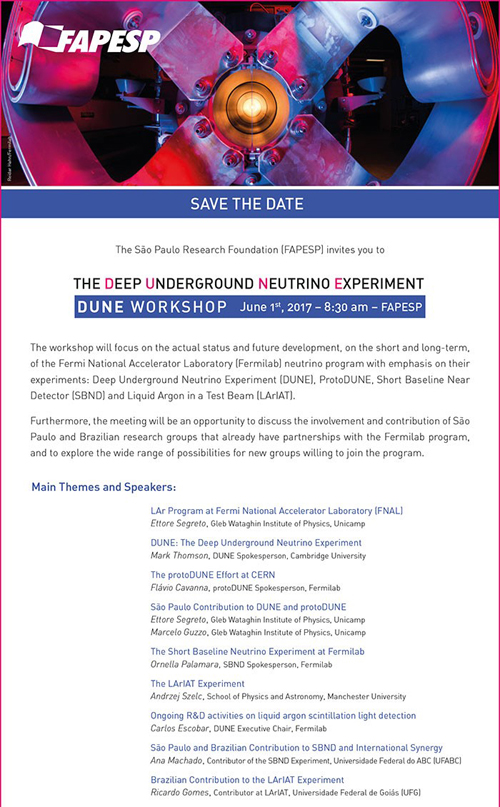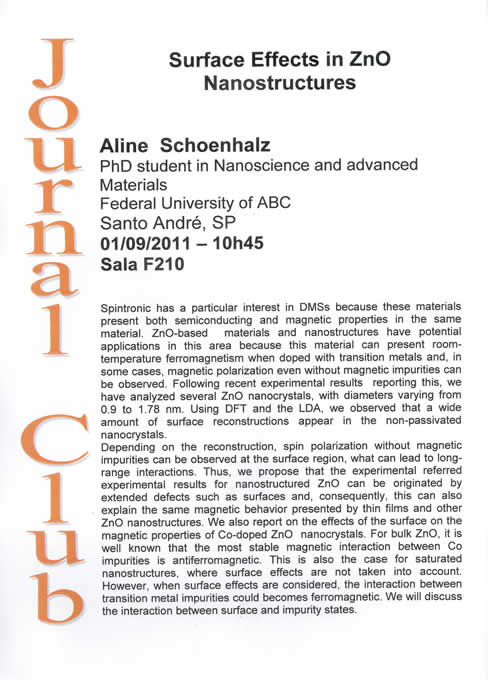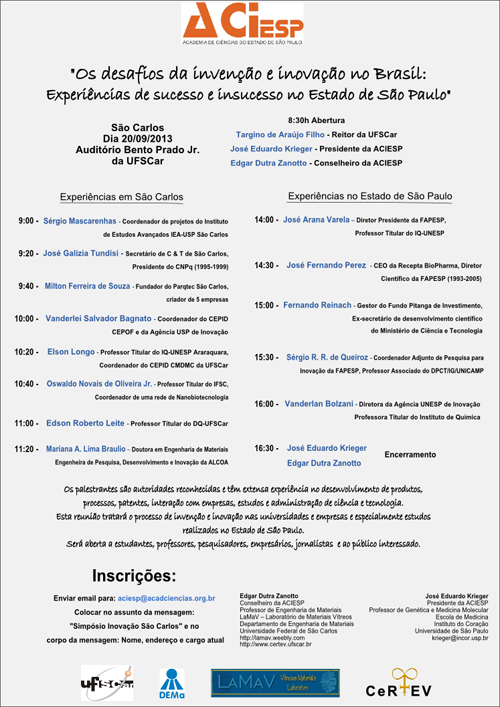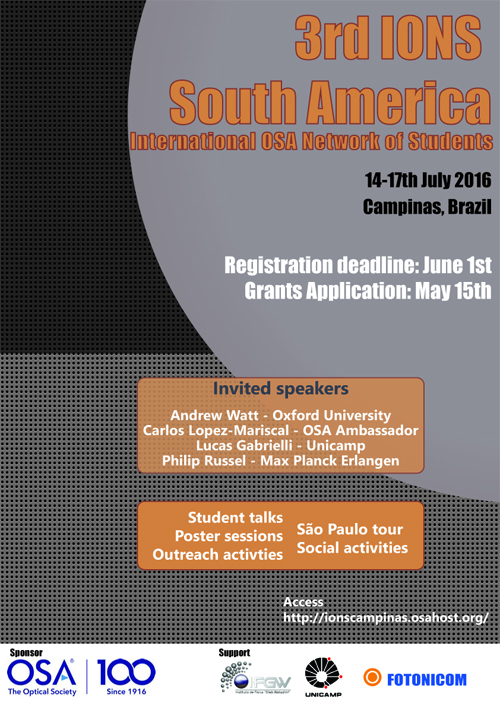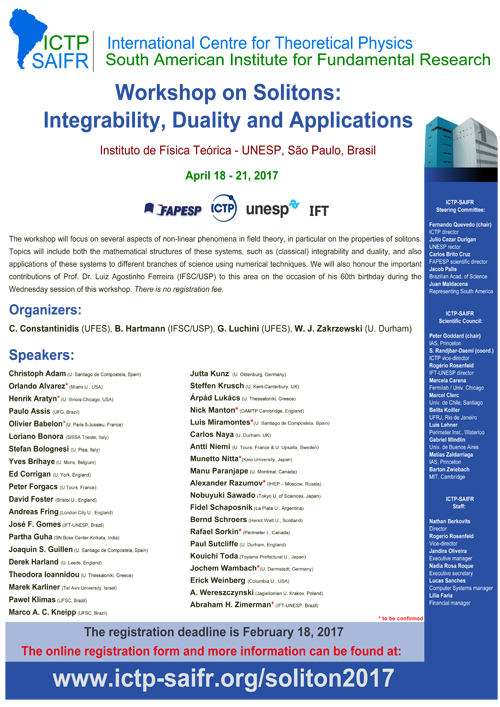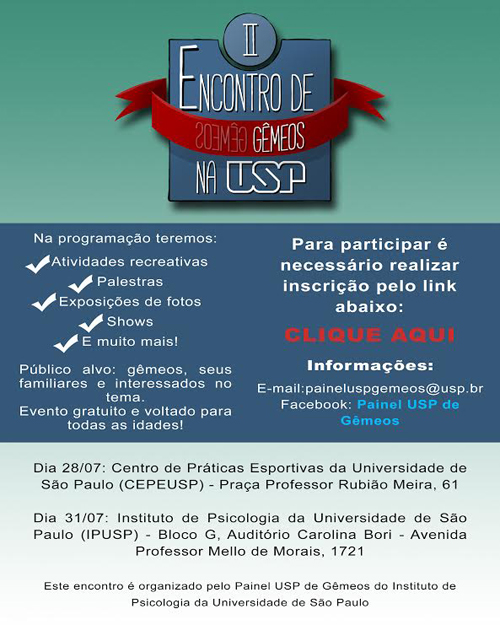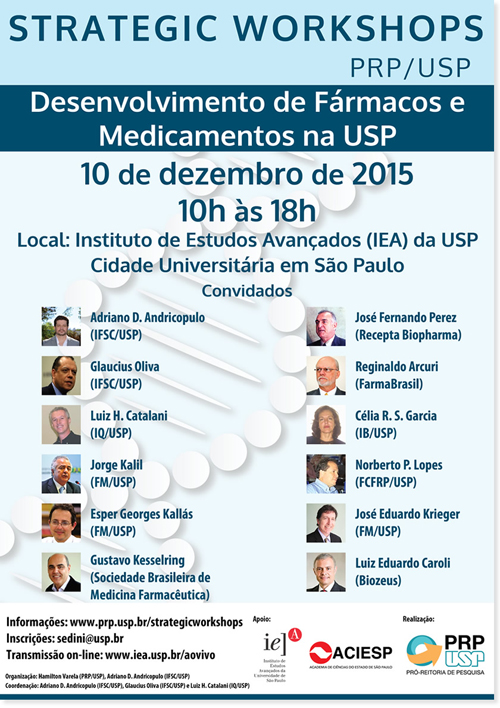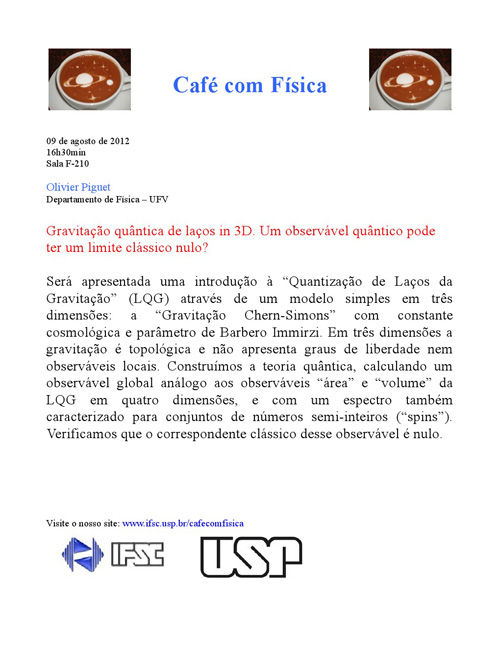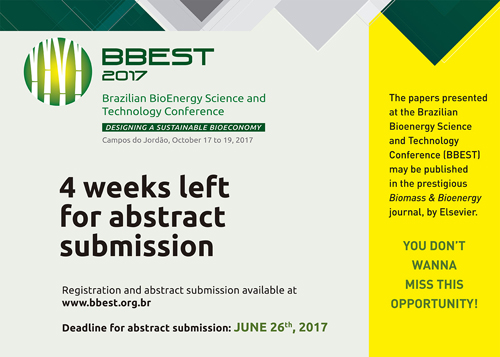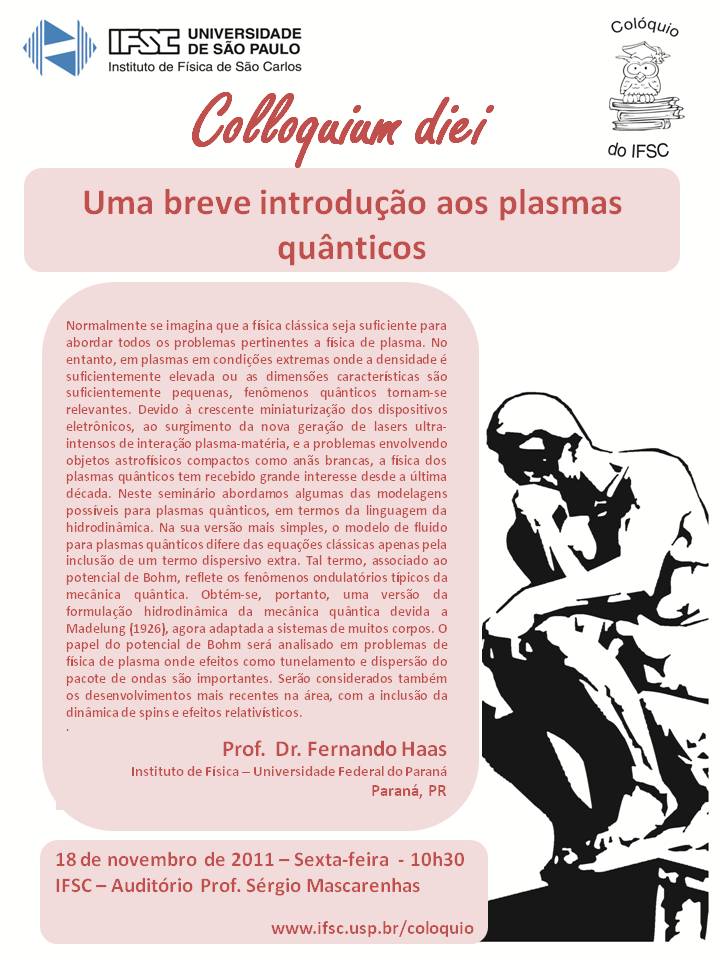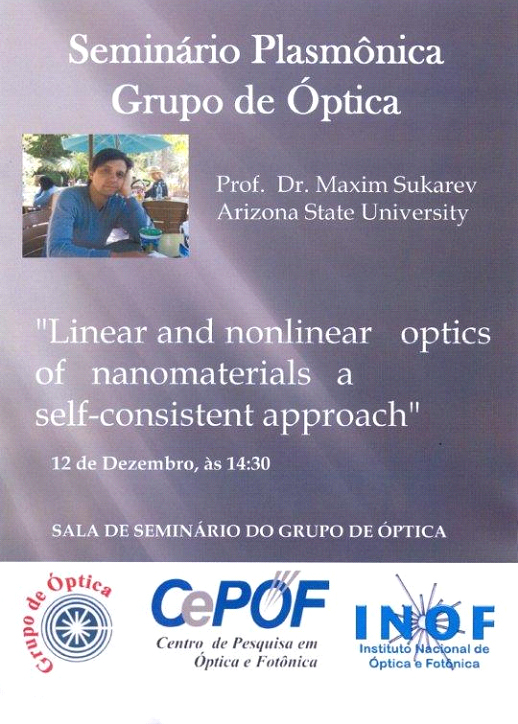Café com Física: “Studies of graphene by Raman spectroscopy”
Palestrante: Denise Nakabayashi (IFSC-USP)
Título: Studies of graphene by Raman spectroscopy
Resumo:
Graphene is described as a monolayer of carbon atoms arranged in a two-dimensional honeycomb lattice. One of the most interesting properties of this material is related to its electronic band structure which permits carriers to behave as massless Dirac fermions with vanishing density of states at the Fermi level. If two graphene layers are stacked in Bernal AB configuration these properties are destroyed as the electronic dispersion curve is no more linear but parabolic. However, for a misoriented stacking in graphene bilayer, the dispersion curve reverts back from parabolic to linear as on monolayers. The graphene monolayers and bilayers can thus be viewed as two different materials with high interest for both fundamental and applied physics.
Raman spectroscopy is a nondestructive and quick technique largely applied to characterize graphene samples. The spectral signature of second order peak (2D) is used to identify graphene monolayers and few layers. In this work, we studied by resonant Raman spectroscopy the dependence of 2D frequency and lineshape on the laser excitation energy for monolayers, Bernal bilayers, and misoriented bilayers. The comparison between the Raman response of monolayers and bilayers on different substrates was also investigated.
Maiores informações em: http://www.ifsc.usp.br/~cafecomfisica/index.html




